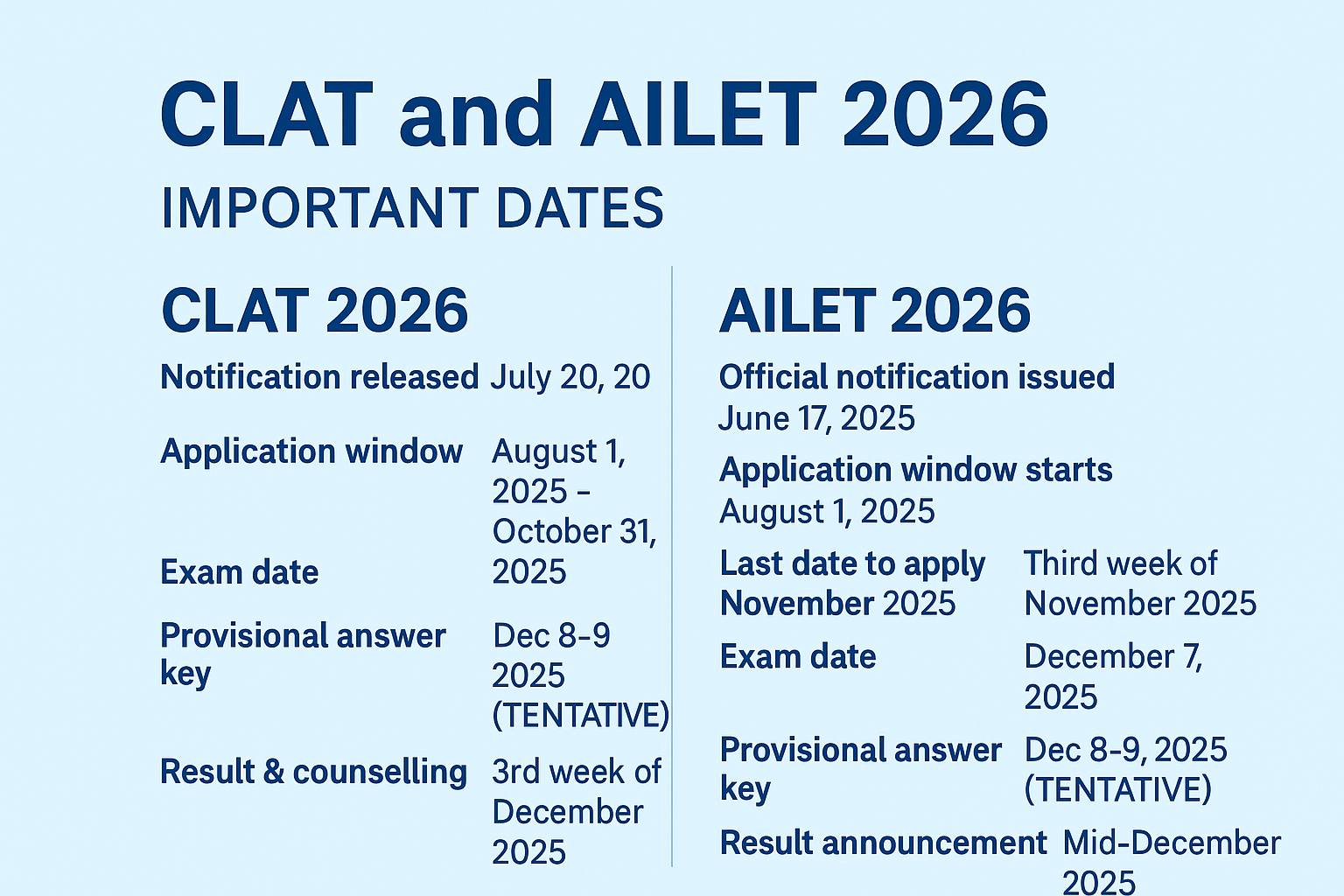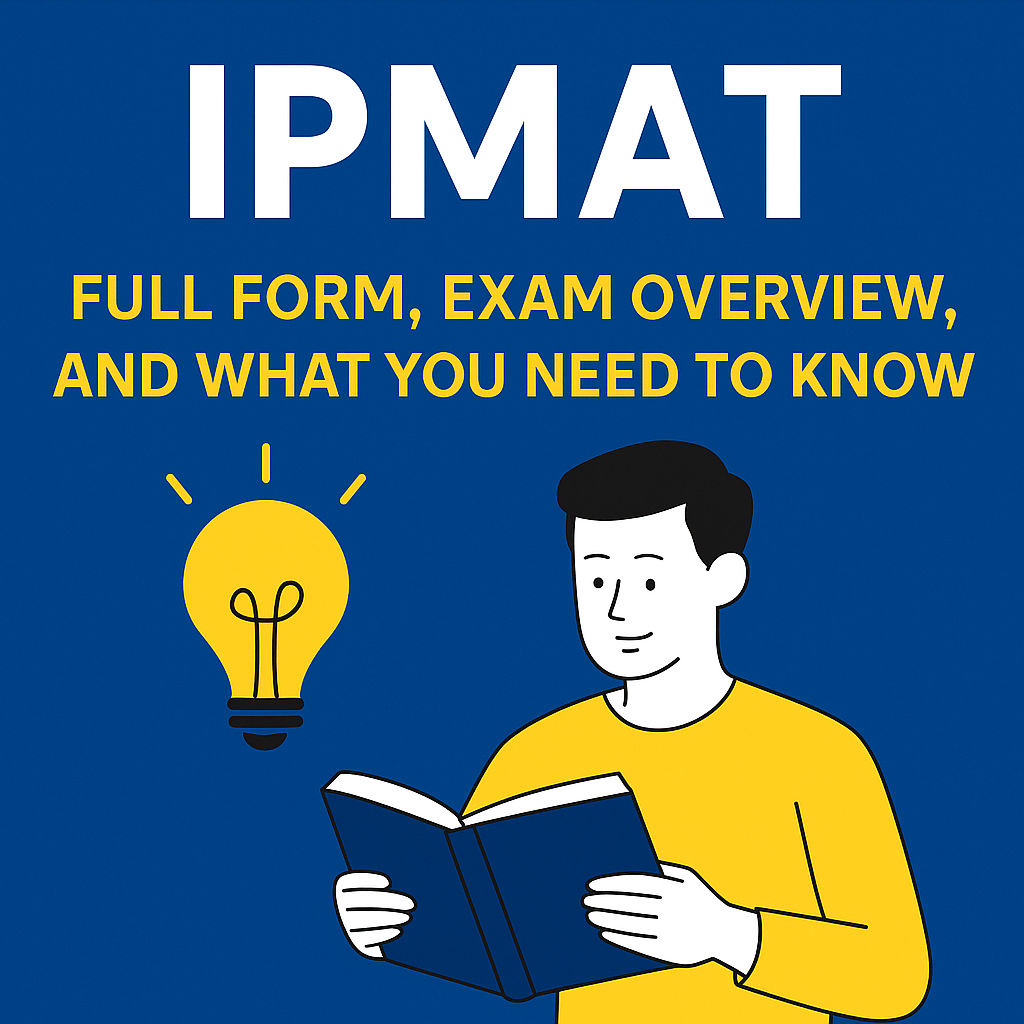By I May 06, 2024

Introduction
The Common Law Admission Test (CLAT) is a pivotal gateway for students aiming to pursue a career in law in India. This entrance exam is not just a test but a doorway to prestigious law universities across the nation. In this article, we'll explore the full form of CLAT, delve into its structure, and understand its significance in the legal education landscape. Whether you're a prospective law student or simply curious about the exam, this discussion will provide a comprehensive overview of what the CLAT entails and why it holds such importance.
The CLAT is more than just an academic assessment; it is a benchmark that determines the eligibility of candidates for both undergraduate and postgraduate law programs in India. The complexity and competitiveness of the exam require thorough preparation and a deep understanding of its format and requirements. Here, we aim to demystify the CLAT, offering insights into how it operates and tips for aspiring candidates.
Key Takeaways
- Understanding CLAT: The full form of CLAT is Common Law Admission Test. It's an all-India entrance exam for students seeking admissions in Undergraduate and Postgraduate law degrees.
- Significance: Recognized by the majority of the law colleges in India, it serves as a single unified test for admissions, reducing the burden of multiple entrance exams.
- Eligibility: CLAT assesses skills in logical reasoning, legal aptitude, mathematics, and comprehensive understanding of English.
- Preparation Tips: Proper preparation, understanding the exam pattern, and regular practice can significantly increase the chances of success.
Exam Structure
Overview of Sections
The CLAT exam is divided into several sections, each designed to test different abilities that are crucial for law students. The exam typically includes sections on English language, current affairs including general knowledge, legal reasoning, logical reasoning, and quantitative techniques. Each section carries a weighted score that contributes to the final tally, making it essential for candidates to perform well across all areas.
Marking Scheme
Understanding the marking scheme is crucial for effective CLAT preparation. The exam usually follows a pattern where each correct answer awards one mark, and there is a penalty of 0.25 marks for every wrong answer. This negative marking scheme encourages accuracy and precision among test-takers, urging them to be sure of their answers before committing to them.
Duration and Format
The duration of the CLAT exam is typically two hours. It is conducted in a pen-and-paper format, although there have been discussions about moving to an online mode in the future. The questions are primarily multiple-choice (MCQs), which tests the candidate's ability to quickly analyze and respond to questions.
Preparation Tips
Study Materials and Resources
Choosing the right study materials is essential for CLAT preparation. Candidates should select books and resources that cover all sections comprehensively. Additionally, enrolling in a coaching class or online course tailored for CLAT can provide structured learning and necessary guidance.
Mock Tests and Practice
Regular practice with mock tests is vital. These tests help familiarize students with the exam format and timing, reducing anxiety and improving performance. They also assist in identifying weak areas that require more focus.
Time Management
Time management during preparation and in the exam hall is crucial. Candidates should practice dividing their time efficiently among all sections, ensuring that no single section consumes disproportionate time.
Conclusion
The full form of CLAT, the Common Law Admission Test, represents more than just an exam; it is a crucial step toward a promising career in law. Understanding the structure and requirements of the exam can significantly enhance a candidate's chances of success. Preparation, practice, and a strategic approach to studying and time management are key to excelling in this competitive test. Aspiring law students should start their preparation early and approach the exam with confidence and thoroughness, keeping in mind that success in CLAT can open doors to prestigious legal careers.
FAQs
What educational qualifications are required to appear for CLAT?
Candidates must have completed their 10+2 or equivalent examination from a recognized board with at least 45% marks to appear for the undergraduate CLAT exam.
How often is the CLAT conducted?
CLAT is conducted once every year, usually in May. However, the exact date can vary, so it's advisable to check the official CLAT Consortium website regularly.
Can a candidate appear for CLAT more than once?
Yes, there is no restriction on the number of attempts for CLAT. Candidates can appear for the exam as many times as they wish until they meet the age and qualification criteria.
Are there any age restrictions for taking the CLAT?
As of the latest updates, there is no upper age limit for candidates wishing to appear for the CLAT exam.
How can international students apply for CLAT?
International students can apply for the CLAT in the same manner as Indian students. They need to ensure that their qualifications are recognized and equivalent to the standards required in India.
For more informative blogs on CLAT 2024 preparation, Click Here!!!



